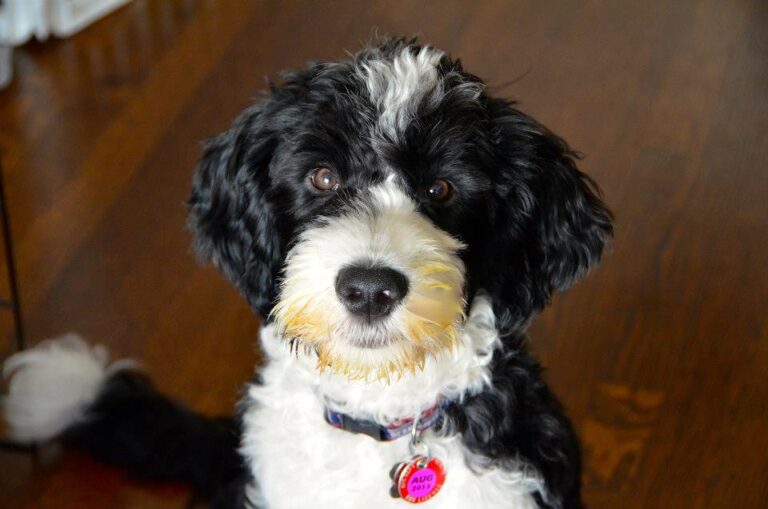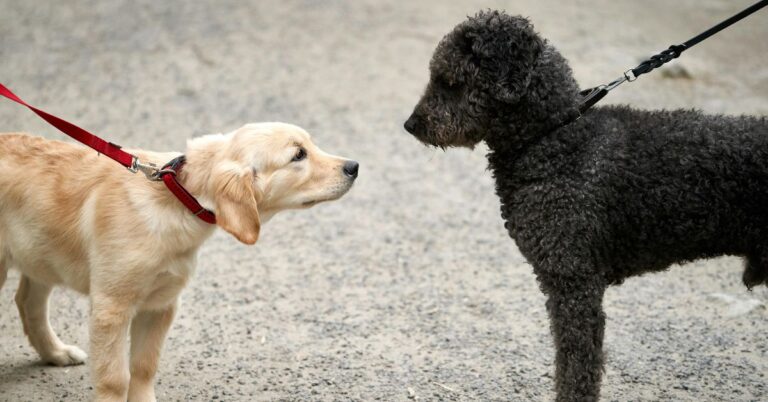15 Factors to Perfect Your Dog’s Bath Routine

Bathing your dog is a fantastic way to bond, but it’s more than a splashy event. To make it enjoyable and effective, several key factors need attention. Choosing the right time, picking the best products, and creating a relaxing environment are all part of the experience. But there are more factors like considering your dog’s coat type, the water temperature, and how to handle their needs. With the right approach, bath time can be a delightful routine for you and your pet. So, let’s look at 15 things to consider before you bathe your dog.
Choose the Right Time
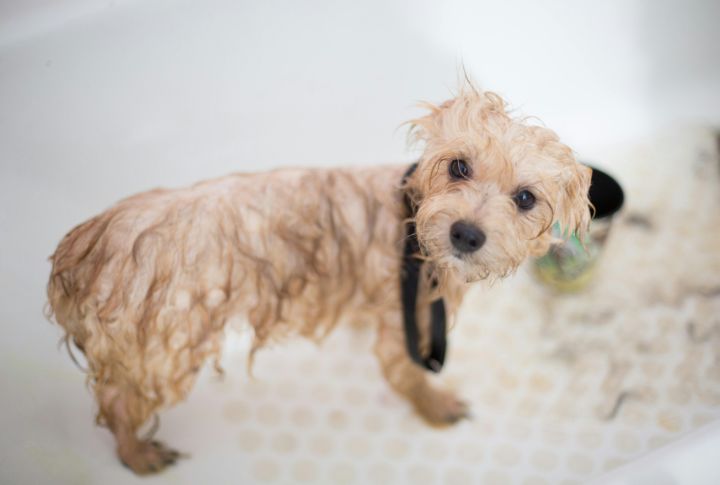
It is important to select the right moment for a bath. Opt for when your dog is naturally calm, such as after a nap or a leisurely walk. Avoid bathing them during high-energy periods or immediately following a play session. A relaxed dog will be easier to handle and less likely to resist.
Prepare the Bathing Area
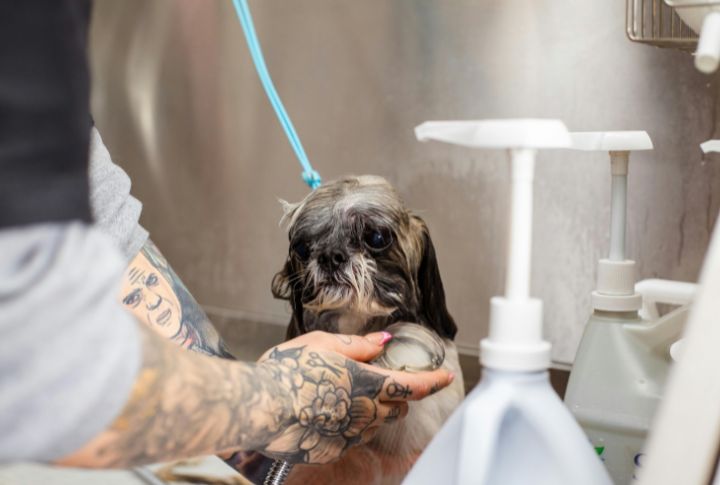
Create a designated bathing area that is easy to clean and has all necessary supplies within reach. This includes dog shampoo, a cup or shower head for rinsing, towels, and a non-slip mat to prevent your dog from slipping. Setting up the area beforehand reduces stress and allows you to focus on your dog during the bath.
Use Dog-Specific Shampoo
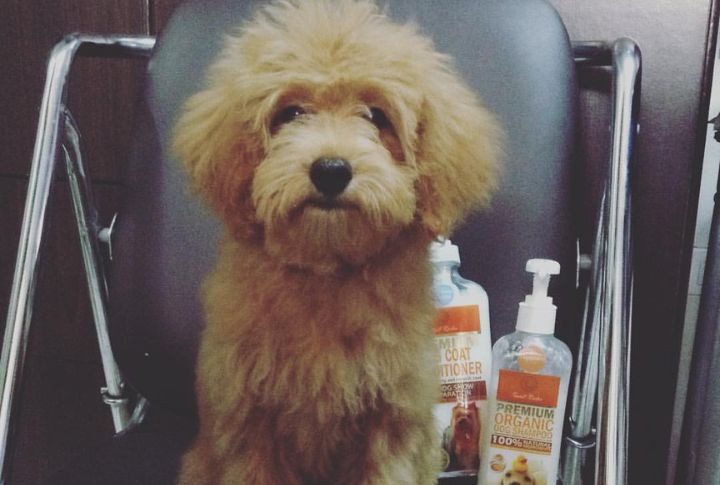
Human products can be really harsh for a dog’s sensitive skin, potentially causing irritation or allergic reactions. Invest in a dog-specific shampoo that is pH-balanced for canine skin. Choose a product suited to your dog’s coat type and specific needs, such as anti-flea or hypoallergenic formulas.
Check Water Temperature
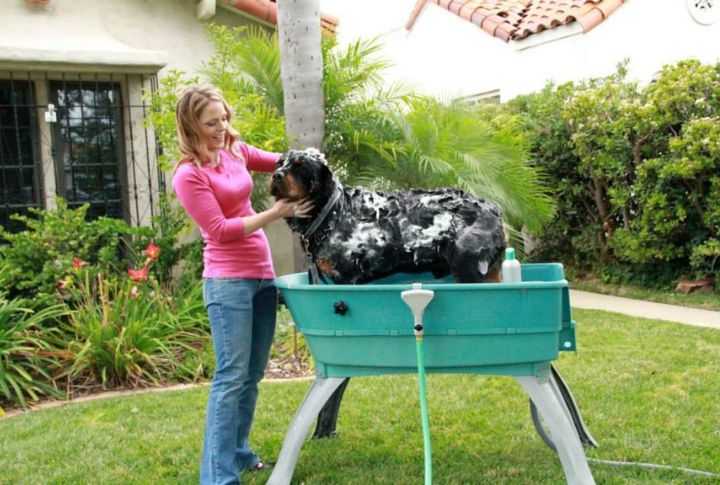
The water temperature should be comfortable and soothing. Test it with your hand before introducing it to your dog. Lukewarm water is ideal; too hot or cold water can cause discomfort or harm. Ensuring the correct temperature makes the experience more pleasant for your pet.
Brush Before Bathing
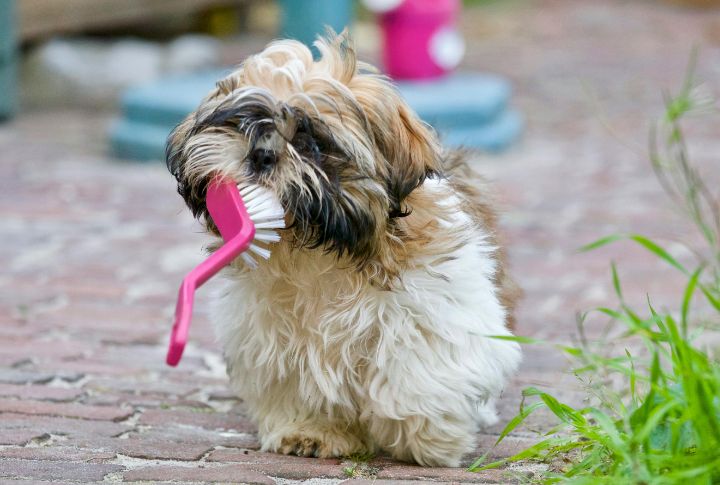
Brushing your dog before the bath removes their tangles, mats, and loose fur. This makes the bathing process more effective and prevents hair from clogging your drain. For dogs with longer coats, thorough brushing is needed to avoid knots that can worsen when wet.
Protect Their Ears
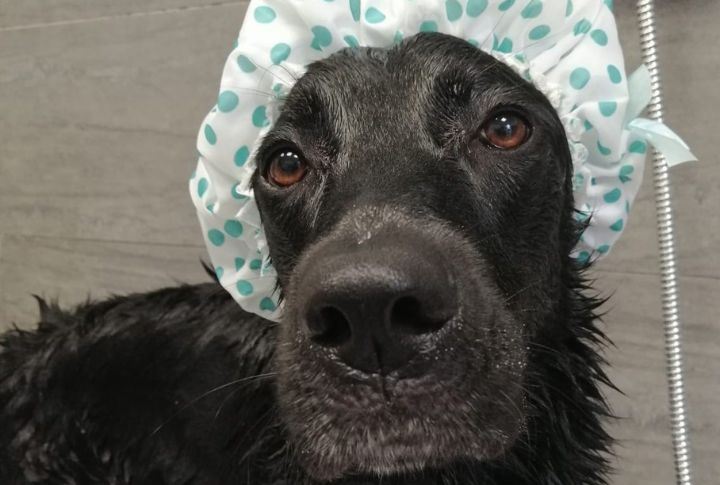
Water can quickly enter a dog’s ears during bath time, potentially leading to infections. To prevent this, gently place cotton balls in your dog’s ears or use ear protection designed for pets. Avoid pouring water directly over their head and instead focus on rinsing their body carefully.
Wet the Coat Gradually
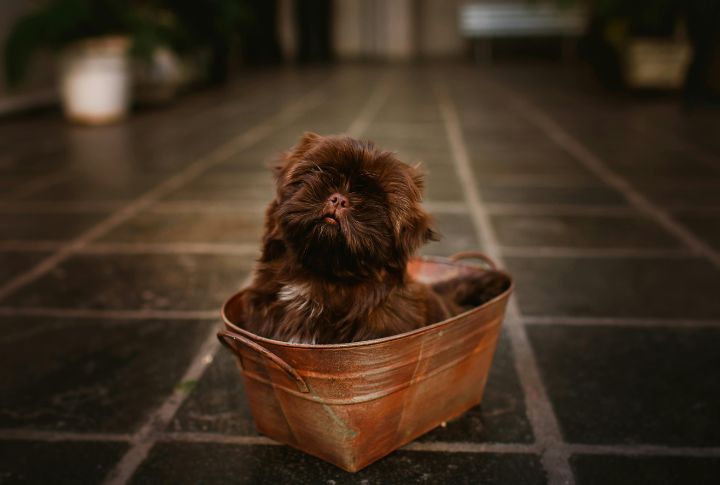
Begin by wetting your dog’s coat gradually. Start at its paws and work upwards to help it adjust to the sensation of water. Sudden splashes can startle your dog and make it anxious. Gradual wetting helps create a more positive experience and reduces the likelihood of resistance.
Apply Shampoo Evenly
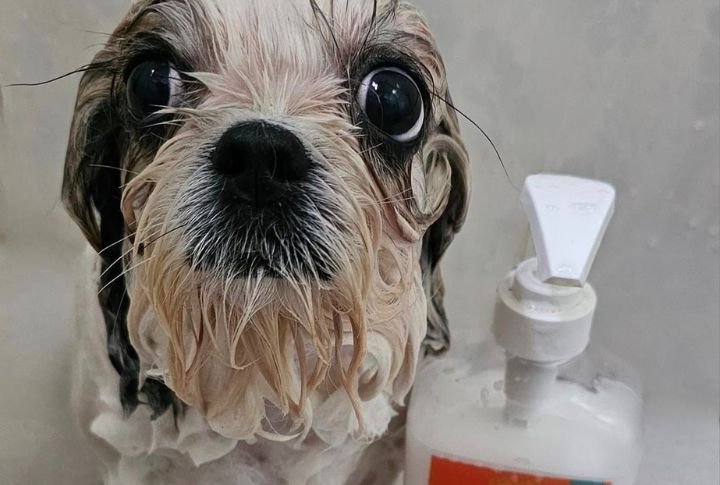
Apply the shampoo evenly across your dog’s coat, making sure to lather it gently. Pay attention to areas more prone to dirt, such as the paws and underbelly. Avoid scrubbing too hard, as this can irritate the skin. For dogs with sensitive skin, use a soothing, fragrance-free shampoo.
Rinse Thoroughly
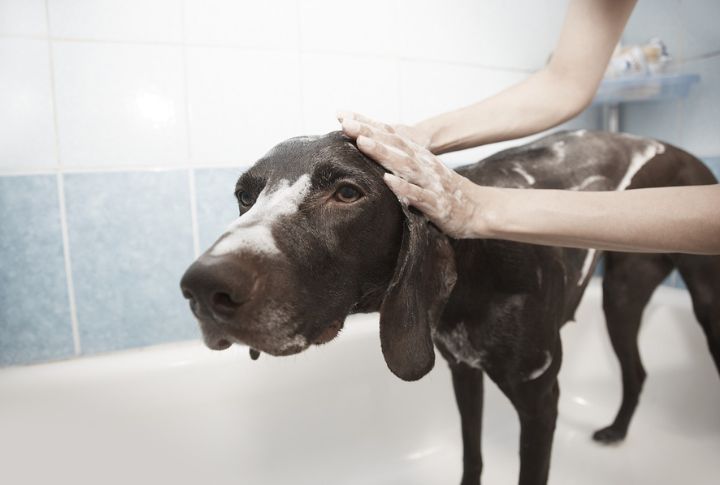
Residual soap can irritate your dog’s skin and lead to itching or discomfort. To avoid this, use lukewarm water and rinse your dog from head to tail to paws, making sure to reach all areas, including under the legs and around the belly. Gently squeeze and work the water through the fur to help flush out any remaining shampoo.
Use a Towel for Drying
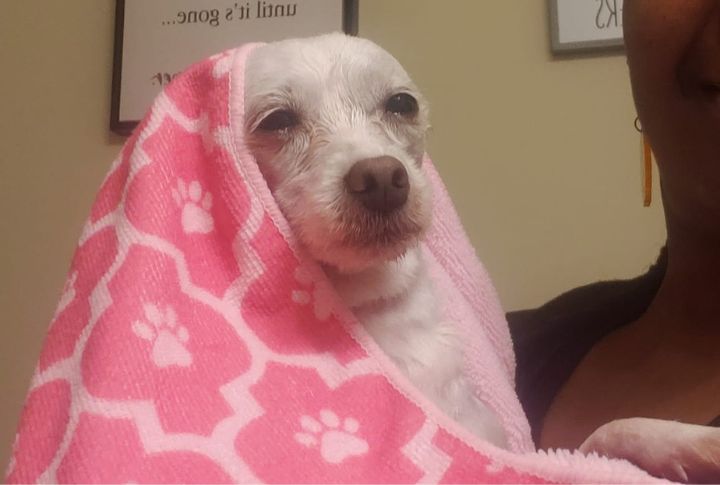
Do not leave your dog to air dry after a bath. Instead, use a towel to pat them dry gently. Air drying can lead to a damp, uncomfortable coat and may increase the risk of skin irritation or infections. Use an absorbent towel to carefully blot and rub your dog’s fur, removing excess water.
Check for Skin Issues
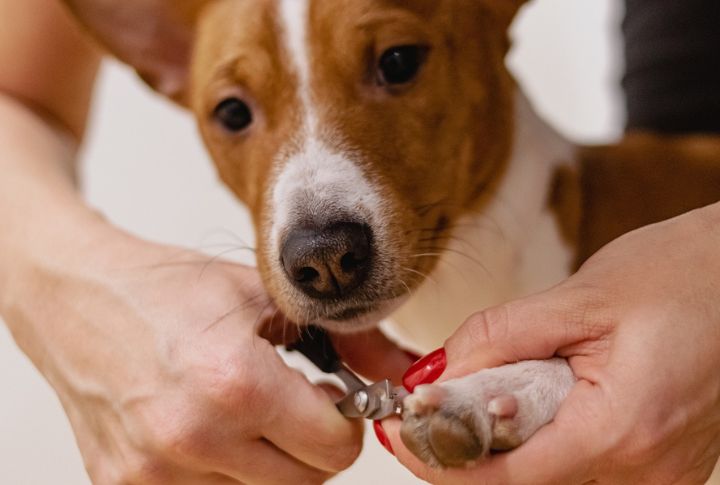
Bath time is the best opportunity to check your dog’s skin for any abnormalities, such as bumps, lumps, or irritations. Regular bathing allows you to monitor their skin health and address any issues early. If you notice anything unusual or problematic, consult your veterinarian for advice.
Keep Your Patience
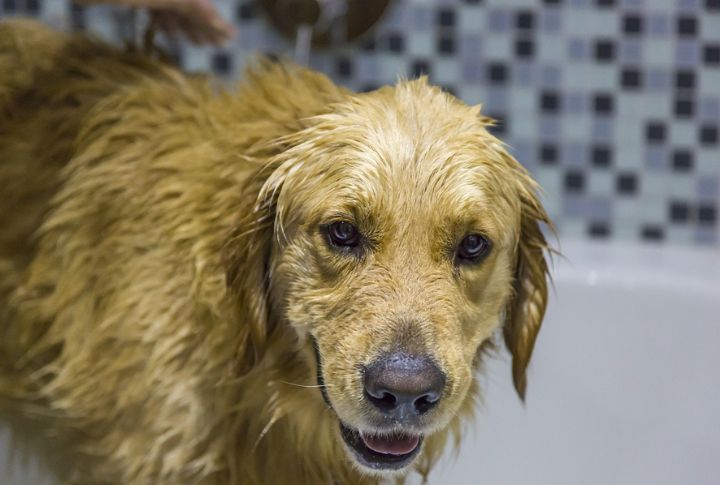
Maintaining a calm demeanor throughout the bath helps to keep your dog at ease. Use a soothing voice and offer gentle encouragement. Positive reinforcement, such as treats, can make bath time a more enjoyable experience and help your dog associate it with positive outcomes.
Avoid Over-Bathing
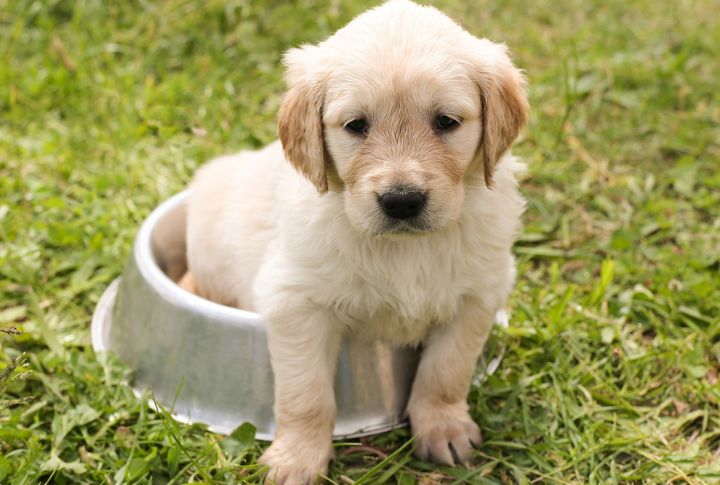
If you bathe your dog too often, it can strip their coat of natural oils, which can cause dryness and irritation. It is usually recommended that dogs bathe every 4-6 weeks, but this depends on their breed, activity level, and skin problems. Consult your vet for the most appropriate bathing frequency for your dog.
Consider Professional Grooming
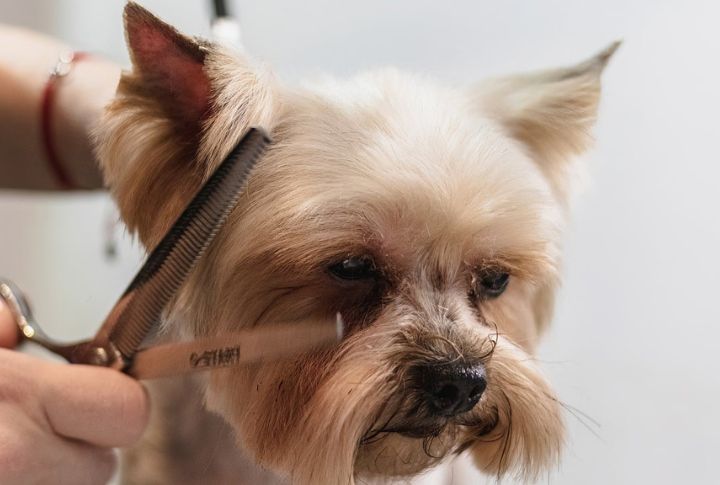
Do not overlook the benefits of professional grooming for your dog. While regular at-home baths are essential, experienced groomers have the expertise to handle grooming needs. They can provide good wash, trim, and de-shedding treatments tailored to your dog’s breed and coat type.
Use Toys for Distraction

Do not let bath time become a stressful experience for your dog. To keep them calm and make the process more enjoyable, use their favorite toys as a distraction. Providing a toy or chew during the bath can help divert their attention and relax them. Choose waterproof toys that are easy to clean and won’t become a hassle if they get wet.

